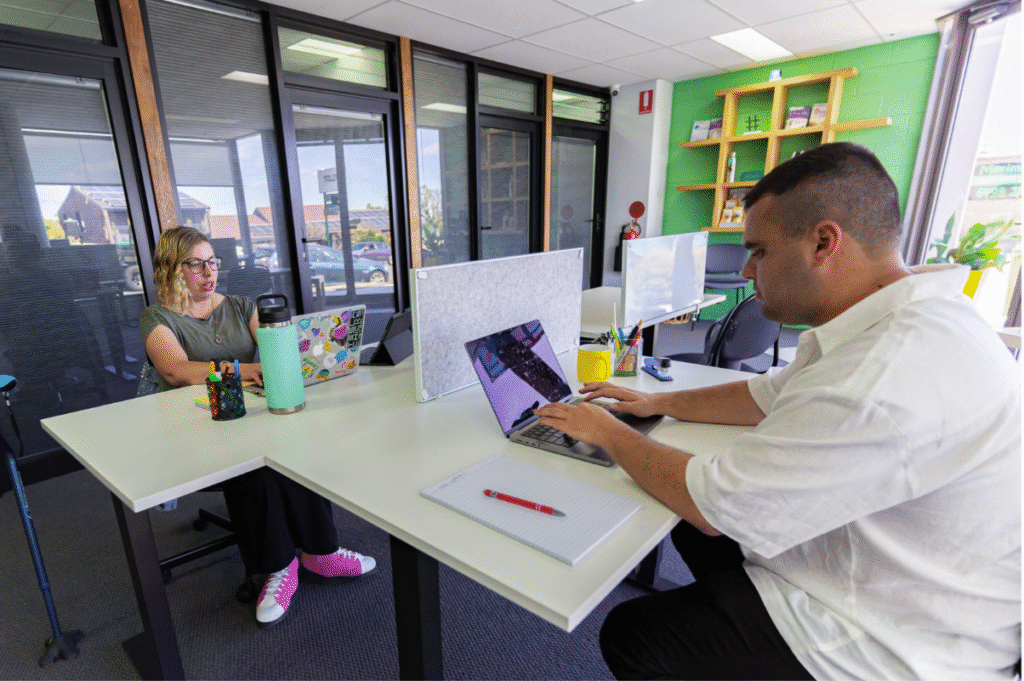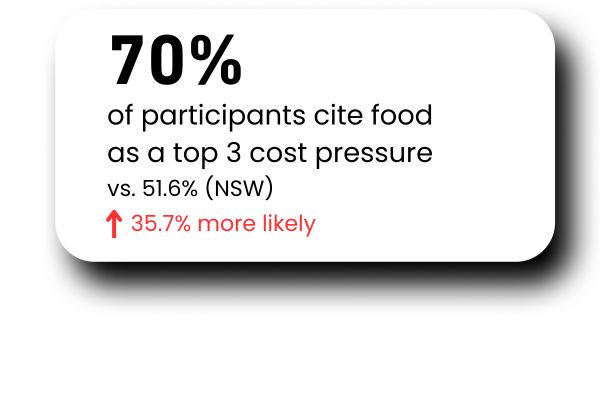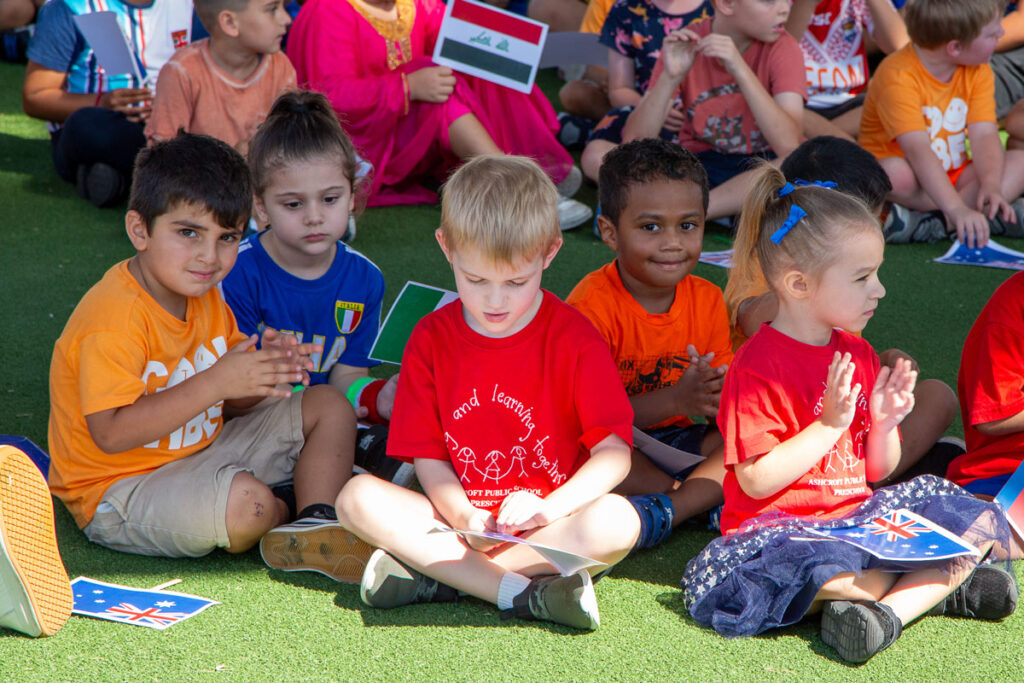Australia is often called the lucky country, but for many people in the largest state, New South Wales, it’s anything but. Poverty affects almost a million people in the state. It makes it harder to keep a roof overhead, put food on the table and stay well.
At NCOSS, we shine a light on what poverty really looks like in NSW. By doing that, we can push for smarter solutions, fairer policies and better lives for the people behind the numbers.
One in seven people live in
poverty in NSW
13.4% of NSW residents (995,000 people) live below the poverty line.
A quarter of people living in poverty are children
15.2% of children are in poverty, which is the highest rate of poverty of any age bracket in NSW.
More women than men live in poverty in NSW
Nearly 400,000 women aged 15 and over live in poverty in NSW, compared with about 366,700 men. This isn’t just because women outnumber men. Women are also more likely to earn less, are more likely to not be working and have lower rates of home ownership among young adults. This gap adds up.
The poverty line in NSW
The poverty line for a single adult (based on 50% median income).
The poverty line for a couple with two children (based on 50% median income).
Groups with the highest poverty rates
- People living in public housing (59.1%)
- Aged 15 – 64 and not in the labour force (32.5%)
- Unemployed (26.1%)
- Single parent households (23.6%)
Poverty in Sydney: The ‘latte line’
Poverty in Sydney is mostly in the Western and South Western suburbs1.
The highest rates of poverty are in:
- Ashcroft/Busby/Miller with 32.9% of residents
- Regents Park with 32.8%
- Guildford/South Granville with 31.4%
The lowest rates of poverty are in:
- Greenwich/Riverview with 3.7% of residents
- Castle Cove/Northbridge with 4.1%
- Woollahra with 4.4%
Poverty in rural NSW
Poverty is more widespread in rural and regional NSW with an average poverty rate of 13.7% of people compared to 13.1% in Greater Sydney1.
It affects certain groups differently with higher rates of poverty for:
- Young people
- Men
- Unemployed
- Single Parents
Groups at higher risk of being in poverty
Povery affects some groups more.
2x Aboriginal and Torres Strait Islander people are twice as likely to live in a low-income household compared to non-Indigenous people.
2.2X Culturally and Linguistically Diverse Communities are more than twice as likely to live in a low-income household.
2.7x People with a disability are almost three times as likely to live in a low-income household.


